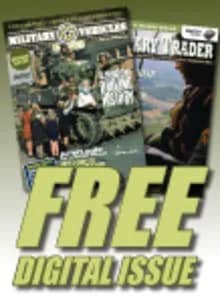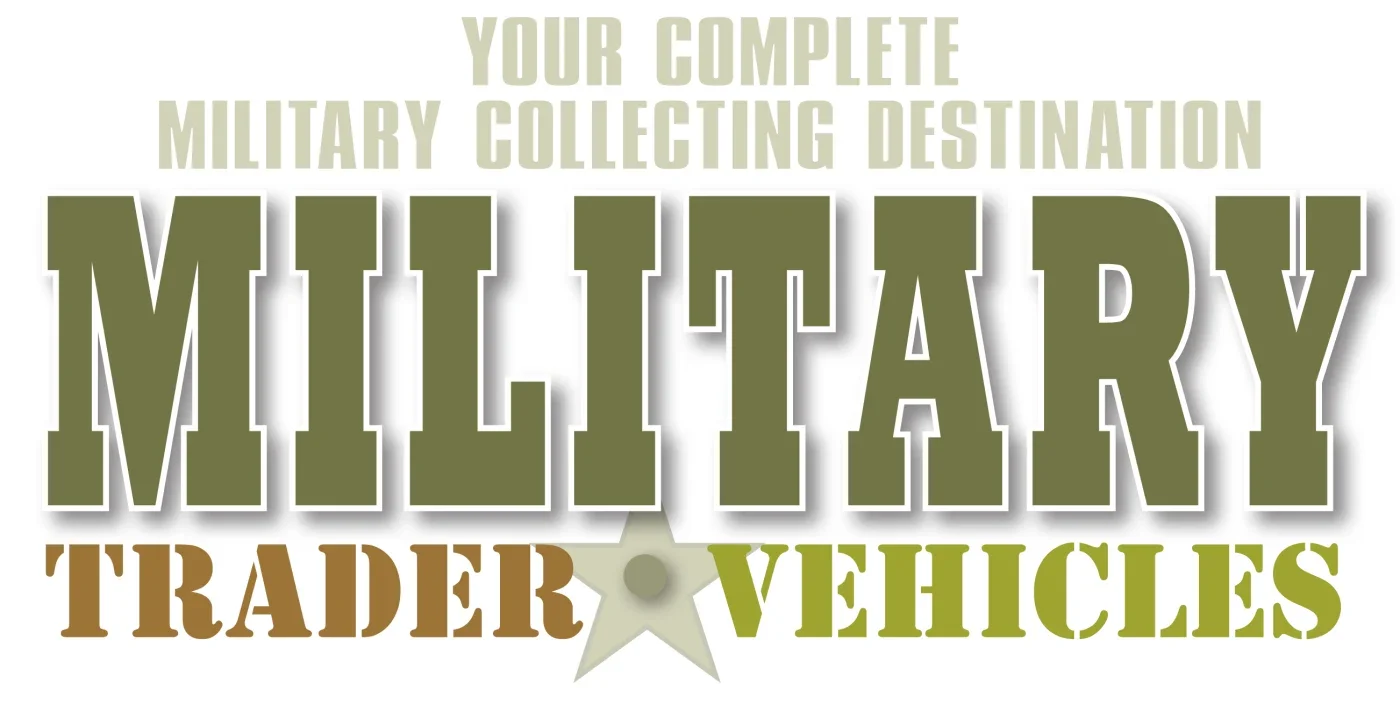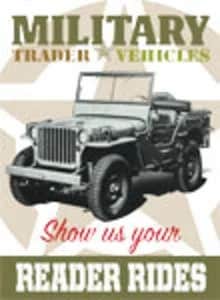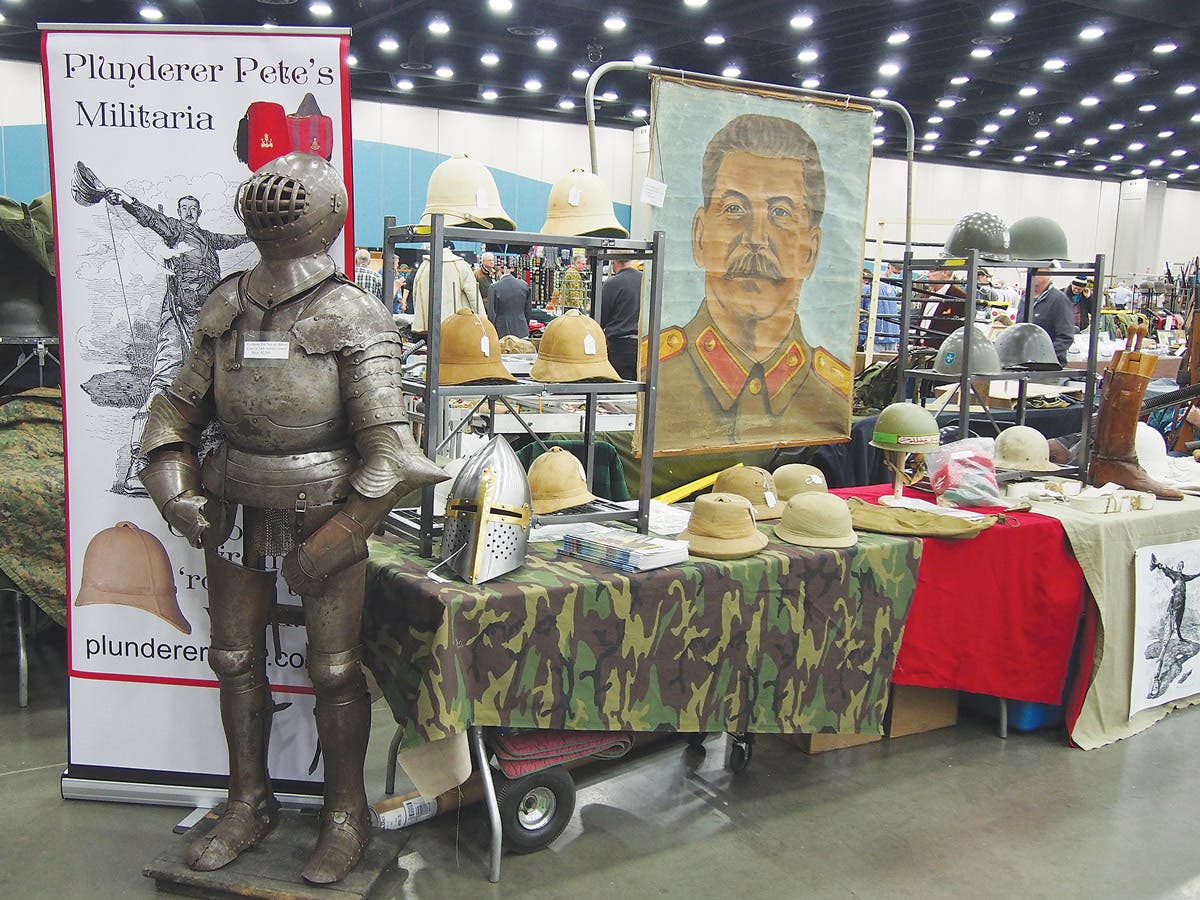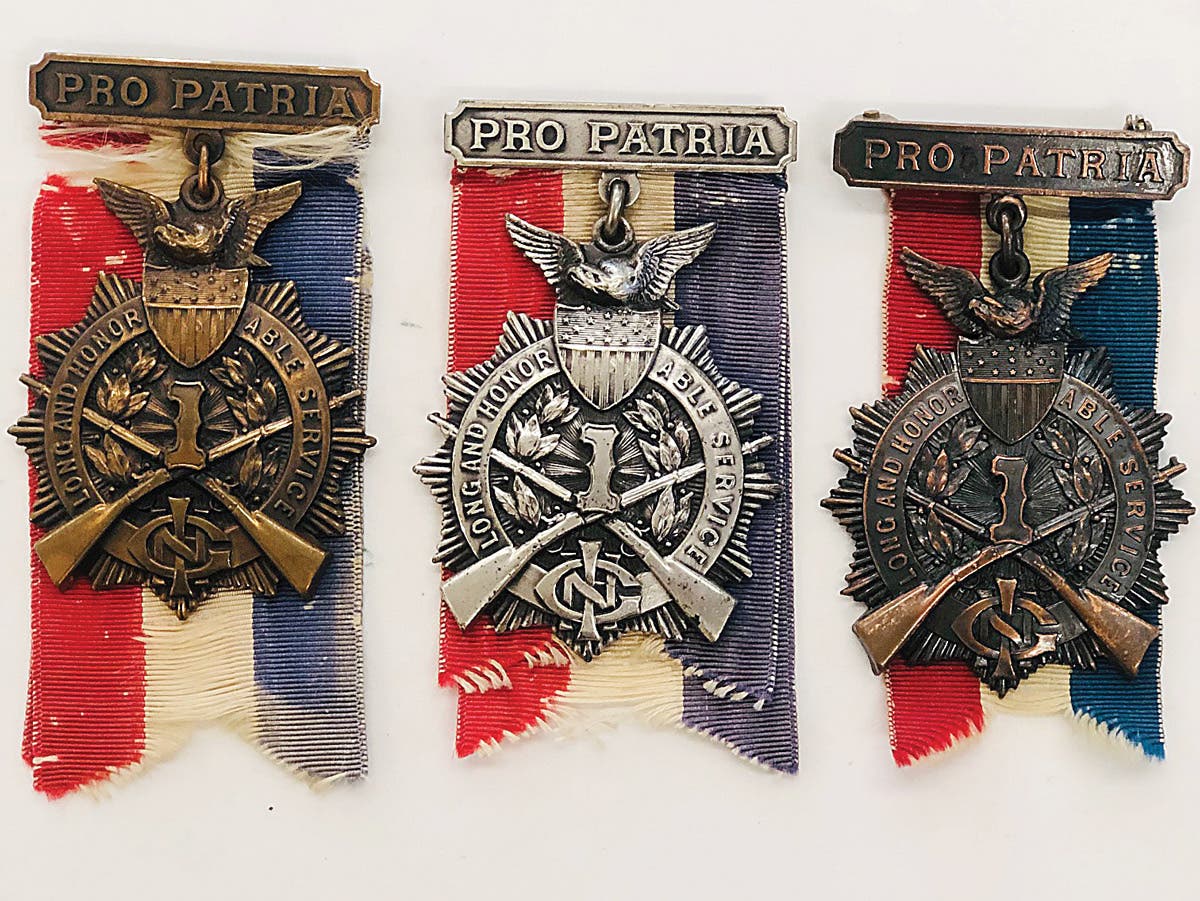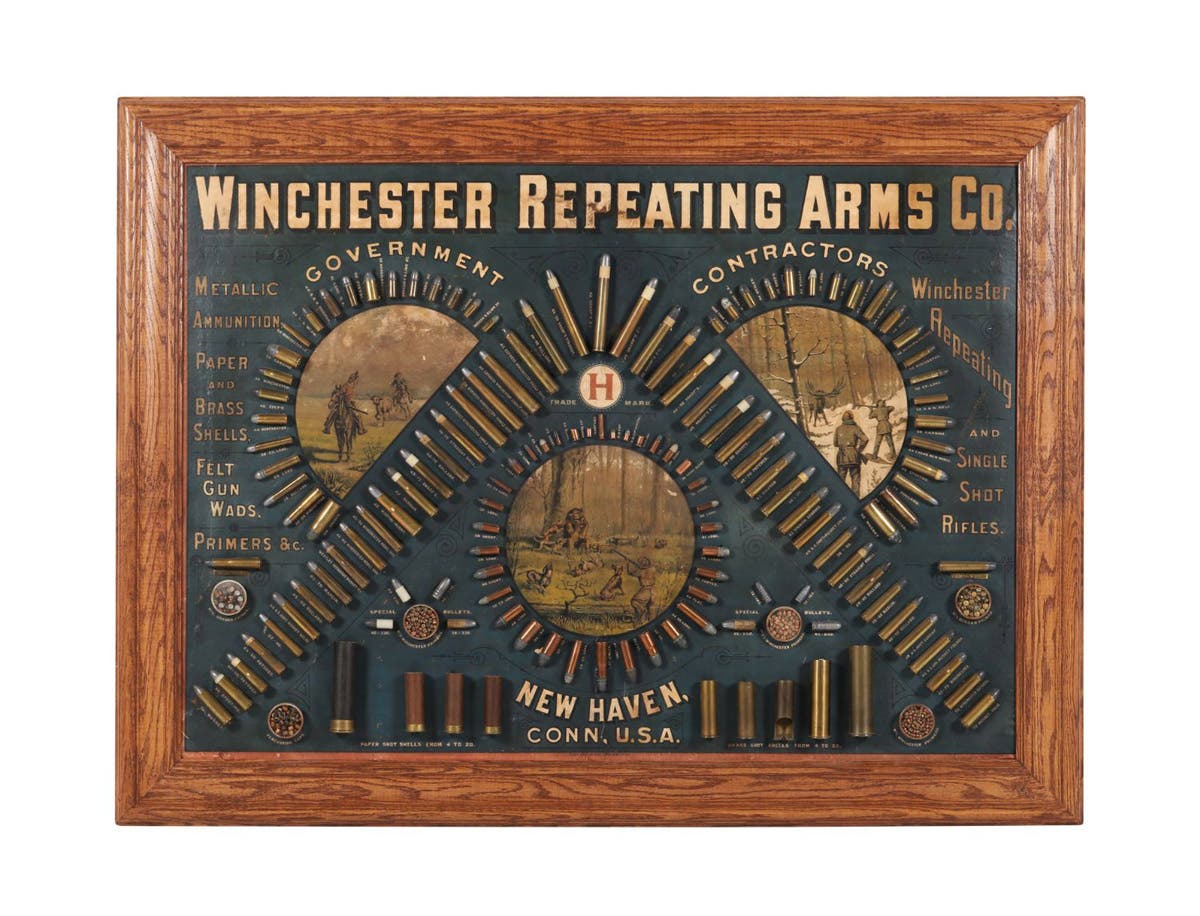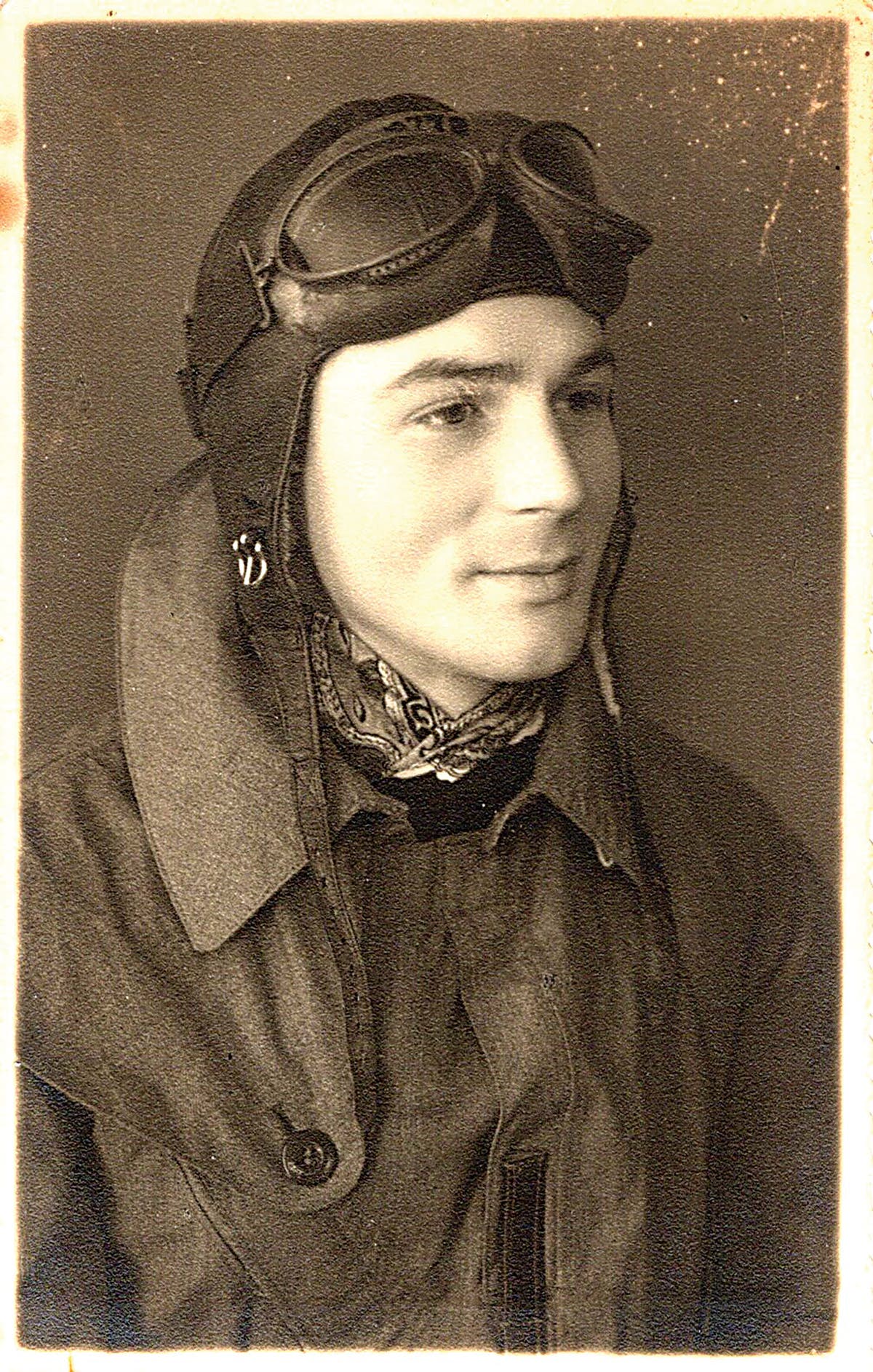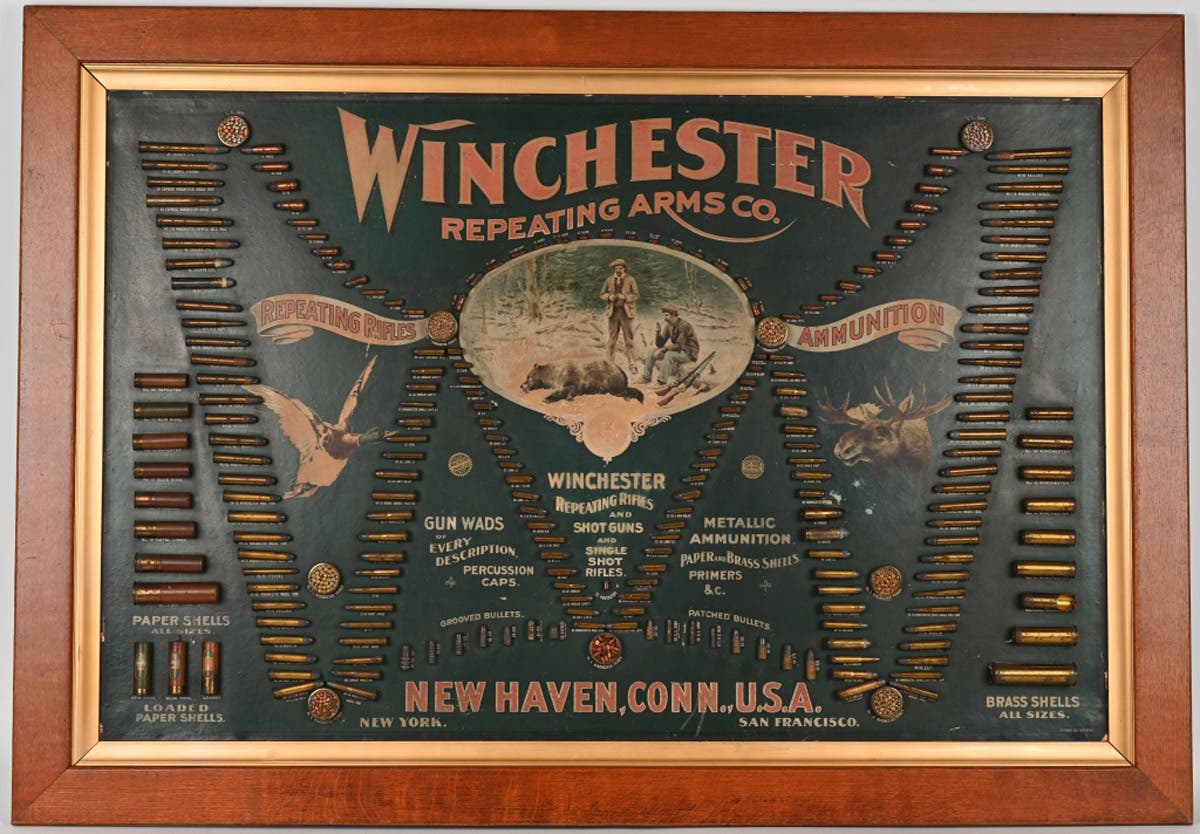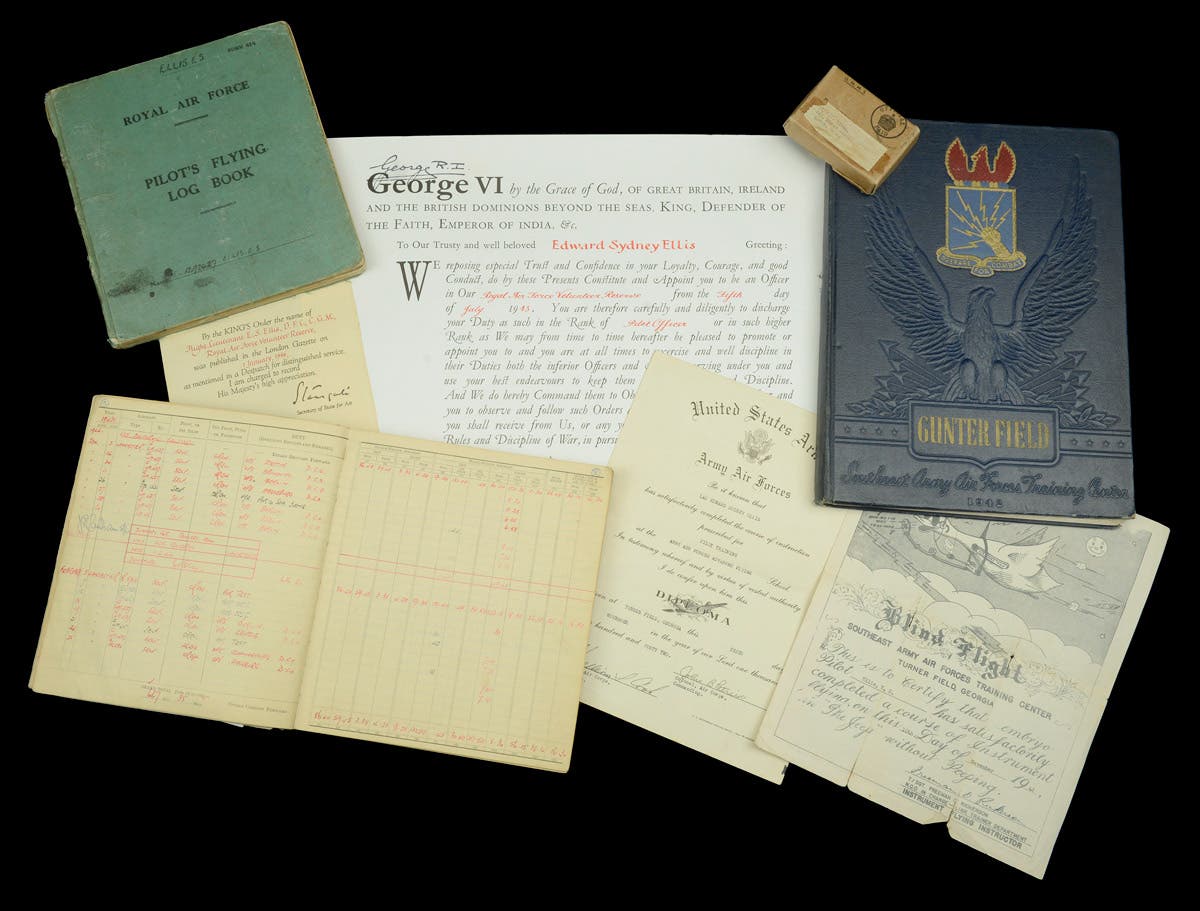Sgt. Maj. Thomas P. Payne receives Medal of Honor
Army Ranger South Caroline native recognized for heroic actions in Hawija, Iraq, during Operation Inherent Resolve
Sgt. Maj. Thomas P. Payne received the Medal of Honor, the nation’s highest award of valor, for his combat actions as an assistant team leader, in support of Operation Inherent Resolve in Hawija, Iraq, on Oct. 22, 2015. This is the first Medal of Honor awarded for actions undertaken in support of Operation Inherent Resolve. The President of the United States presented the Medal of Honor to Payne at a White House Ceremony on Sept. 11, 2020.
Sergeant First Class Payne's Mission
Then-Sgt. 1st Class Thomas “Patrick” Payne served as an assistant team leader deployed to Iraq as part of a Special Operations Joint Task Force in support of Operation Inherent Resolve. On Oct. 22, 2015, his task force was given a mission to rescue over 70 Iraqi hostages being held by ISIS in a prison compound in the northern town of Hawija.
Preparation
Before the mission began, Payne’s team spent an entire week planning, rehearsing and preparing for any contingencies they might run into. When the team received intelligence that freshly dug graves had been spotted and the hostages would likely be executed soon, they were given the green light to move out. Payne, his teammates and their Kurdish Special Forces partners loaded onto helicopters and took off.
As the combined American and Kurdish forces hit the ground, the firefight around them was already raging. Dust and smoke were everywhere, making it almost impossible to see. Relying on his training, Payne maneuvered his team to the first building. As they began to set up their ladders to move on their objective, the call came over the radio that a man was down.
The wounded Soldier was Master Sgt. Josh Wheeler, a fellow task force member and dedicated leader. Wheeler was at a different location, so Payne’s medic left to provide medical aid while the team continued their mission. The Kurdish forces were initially reluctant to continue, but Payne, along with another teammate, pushed them to take the necessary action. As they prepared to make their push forward, Payne’s teammate looked his Kurdish partner in the eye and said, “Follow me.” They pushed to their objective, a nearby building that held over 30 hostages.
Meeting only light resistance
Payne’s team secured the area and prepared to free the trapped men. As they cut the lock on the prison door inside the building, Payne could see the expressions on the faces of the hostages turn from fear and desperation to excitement and joy once they realized they were being rescued.
As the hostages were being released, Payne received a call on his radio that the team in the second building needed help. The sound of the firefight just 30 yards away was intense, and Payne knew he needed to move quickly. “Let’s get into the fight,” he said to a teammate.
Moving into action
Payne and his teammates moved to the roof of the burning building where the second team had called for help. They continued to receive constant fire from the enemy, who had set up a position to their west, and from the enemy in the building directly below them.
The team attempted to enter from the roof using small arms and grenades, but were unsuccessful. As Payne heard screams of “Allahu akbar” below, followed by the explosions of suicide vests, he was able to move his team to the ground and look for another position to enter the building.
As his team attempted to breach the building’s fortified walls and windows, several of the Kurdish forces were wounded by enemy fire. Through the smoke and chaos, Payne looked into the building’s entryway and noticed the main prison door used the same type of lock he had seen in the first building. He knew he would be exposed to enemy fire if he attempted to cut the lock himself, but he also knew the hostages trapped inside the burning building would die if something wasn’t done.
Payne grabbed a set of bolt cutters and ran into the building to cut the first lock on the door. Smoke poured out of the entryway as Payne received enemy fire. After cutting the first lock, Payne moved back to a safer position to avoid incoming fire and recover from smoke inhalation, but there was still a second lock that needed to be cut. After the Kurdish forces tried unsuccessfully to cut the second lock, Payne again exposed himself to enemy fire and suffocating smoke to cut the lock and reach the hostages.
Once the second lock was cut, the combined force rushed into the burning building to reach the hostages and eliminate remaining threats. A call came over the radio that the building was beginning to collapse and the mandatory evacuation order was given. The hallways were thick with smoke and they were receiving enemy fire, but there were still hostages inside. Payne knew the team had to move quickly.
Preparing for extraction
Many of the hostages were disoriented and unsure of what was happening. Payne directed the large group to safety, at one point grabbing a man and pulling him down the hallway, allowing the hostages to move out of the building. Still receiving fire, Payne went back in a second time, finding and dragging a large man out of the building to safety. Finally, after Payne entered and exited the building a third time to make sure everyone was out, he gave the “last man” call so the task force could prepare for extraction.
The combined force created a human wall so the hostages could be safely moved from the building as they continued to receive enemy fire. But when Payne and others returned fire, the hostages would stop running out of fear and confusion. Payne’s team held their fire and put themselves at risk to shield the hostages and safely get them out of the compound.
Flying back to Erbil
As the helicopters arrived, Payne was faced with another problem. With so many hostages rescued, they could not be sure they had enough seats on the helicopters. After some quick math, they were able to get everyone on board, but it was so cramped that Payne’s team would have to stand for the entire flight back.
The hostages, Payne’s task force and the partnered forces flew back to Erbil. They had just taken part in one of the largest hostage rescues in history, and for his actions that day, then-Sgt. 1st Class Thomas Payne would be recommended for the Medal of Honor.
Biography of Sgt. Payne
Sgt. Maj. Thomas “Patrick” Payne, an instructor assigned to the U.S. Army Special Operations Command, grew up in Batesburg-Leesville and Lugoff, South Carolina, and graduated from high school in 2002. Part of the 9/11 generation, Payne felt a strong sense of duty to serve his country. After high school, he enlisted in the Army as an Infantryman 11B and completed the Basic Airborne Course at Fort Benning, Georgia, in 2002 and the Ranger Indoctrination Program (now known as the Ranger Assessment and Selection Program) in early 2003.
He was then assigned as a rifleman to A Co., 1st Battalion, 75th Ranger Regiment, where he also served as a sniper and sniper team leader until November 2007, the year he was selected for assignment to the U.S. Army Special Operations Command at Fort Bragg, North Carolina. Since then, he has served within USASOC as a special operations team member, assistant team sergeant, team sergeant and instructor.
In 2012, Payne and his teammate won the Best Ranger Competition – a grueling contest that places extreme demands on buddy teams’ physical, mental, technical and tactical skills as Rangers – at Fort Benning.
Throughout his career, Payne deployed 17 times in support of Operation Enduring Freedom, Operation Iraqi Freedom, Operation New Dawn and Operation Inherent Resolve, and to the U.S. Africa Command area of responsibility.
You may also like:
*As an Amazon Associate, Military Trader / Military Vehicles earns from qualifying purchases.
Established in 1993, Military Trader is dedicated to the collecting preservation, restoration, study, and display of historic military artifacts. Spanning interests from military uniforms to medals, or helmets to ordnance and weapons, Military Trader is your best source for in-depth techincal articles, artifact profiles, product and hobby news, current values, and show and auctions calendar.
